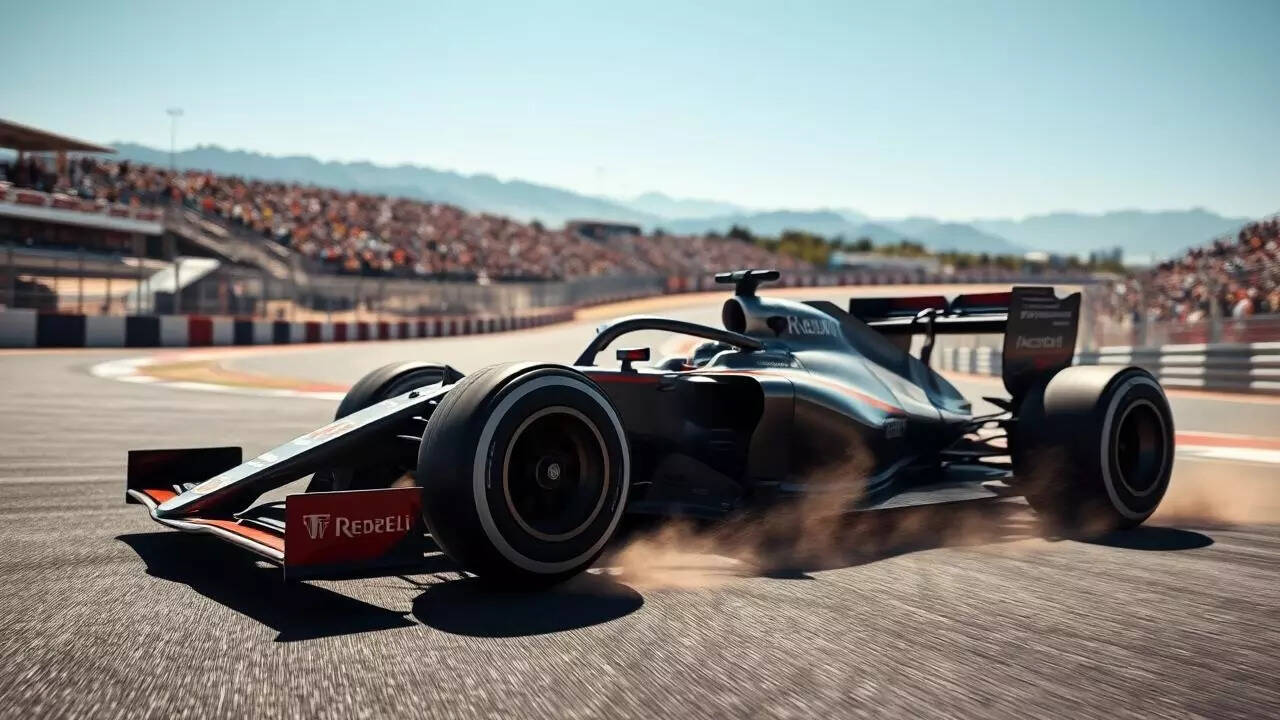Tyres, Heat, And High Stakes: How Brazil’s Climate Redefines Race Strategy
The Brazilian Grand Prix at Autódromo José Carlos Pace is renowned for its high-octane drama, but underlying the overt battles lies a more subtle contest: heat, tyres and climate-driven strategy. At a circuit where weather swings, a newly resurfaced track and intense surface temperatures combine to challenge every team’s tyre plan. In this environment, victory depends not only on speed and skill but on managing rubber, timing pit stops and staying one step ahead of thermal stress.
The Brazil GP is a vivid example of how environmental factors transform racing from brute speed to tactical precision. At Interlagos, where heat meets rubber meets strategy, the difference between triumph and frustration often hinges on how teams treat their tyres under pressure. As the surface sizzles and the sun bears down, the real battle is less about horsepower and more about temperature control, rubber survival and strategic timing. In Brazil, the race won’t always be the fastest—it will be the smartest.

Track Temperature and Tyre Impact
Interlagos has presented teams with one of the most climate-sensitive race environments on the calendar. The 2024 event featured a fresh asphalt surface that absorbs more heat and increases abrasiveness, prompting concern from tyre specialists. Temperatures on the track can soar, pushing tyres beyond their ideal window sooner than expected. As a result, teams must continuously adapt to how rubber behaves when the surface acts almost like a stove rather than a typical circuit.Tyre Compounds and Their Behaviour
With the resurfacing in place, tyre supplier Pirelli selected a softer array of compounds for Brazil GP: the C3 served as hard, C4 as medium and C5 as soft. The softer compounds offer quicker grip but are inherently more vulnerable to thermal degradation on hot track conditions. At Interlagos, this trade-off becomes critical: drivers need the early pace, but if they push too hard too soon, the rear tyres may start to drop off rapidly, turning an early advantage into a mid-race problem.You may also like
- "We got a Mind the Game exclusive" - LeBron James and Stephen Curry learn what finally pushed Steve Nash toward retirement
- Kaleshwaram case: Telangana CM throws a challenge at Kishan Reddy
- Nitish Kumar is mask of NDA government in Bihar, Mahagathbandhan will win polls: Rahul Gandhi
- Vijay Mallya files plea in Karnataka HC seeking details of assets seized, outstanding debt
- PM Modi meets head of Syro-Malabar Church
Degradation Patterns Under the Brazilian Sun
The high surface temperatures and dramatic elevation changes mean tyres endure both heavy loads and intense heat. The softer compounds may generate blistering performance in the first laps, but once temperatures exceed the optimal window, lap times begin to slide. Teams monitor the tyre temperature, wear pattern and pressures continuously—seeking the balance between immediate pace and sustained grip. Slight miscalculations can force a driver into a defensive posture while rivals exploit fresher rubber.Strategy: Pit Stops Versus Pace
Because of the race conditions in Brazil, strategy becomes more than simply 'who is fastest'. Many teams anticipate a two-stop approach to exploit fresh rubber and keep performance high. The pit-stop window is narrowed by the pace loss due to heat-induced deterioration. Teams must decide when to pit to avoid traffic, when to bring the next set into the ideal temperature window and when to push hard. The major turning points of the race often come when a driver on fresher tyres overtakes one struggling with a worn set, and the climate just-lengthens the gap.Heat, Weather and Risk Management
Beyond dry heat, Brazil challenges teams with unpredictable weather. Sudden showers can cool the track, shifting the tyre window instantly. Teams must build flexibility into their plan—adapting when temperatures drop or the asphalt becomes slick. Heat also tests the driver: managing throttle input, brake temperatures and cornering loads. The hotter the track, the more that tyre management takes centre stage. It’s a reminder that at Interlagos raw speed is not enough—drivers and teams must stay cool under literal pressure.Gains From Precision and Patience
In Brazil, the benefit often lies with those who combine pace with preservation. The race is rarely won by early dominance alone; it favours those who can keep the tyres performing when others fade. Teams that resist a flat-out opening stint in favour of calculated tyre management frequently find themselves in stronger positions later in the race. Moreover, the climactic moments often emerge after pit-stop windows open, when fresher rubber meets worn competitors, underlining why strategy and climate coexist as race-defining factors.What Teams Can Learn
The Brazilian Grand Prix serves as a laboratory for climate-driven strategy. Tyres, track temperature and surface conditions intersect with human judgement and car setup. For future races in similar conditions, teams will continue refining their approach: emphasising thermal modelling, selecting compound sequences that hedge against extreme conditions and training drivers to adjust their driving style to protect tyres. The key takeaway is simple—anticipation beats reaction when the climate dictates pace.The Brazil GP is a vivid example of how environmental factors transform racing from brute speed to tactical precision. At Interlagos, where heat meets rubber meets strategy, the difference between triumph and frustration often hinges on how teams treat their tyres under pressure. As the surface sizzles and the sun bears down, the real battle is less about horsepower and more about temperature control, rubber survival and strategic timing. In Brazil, the race won’t always be the fastest—it will be the smartest.









